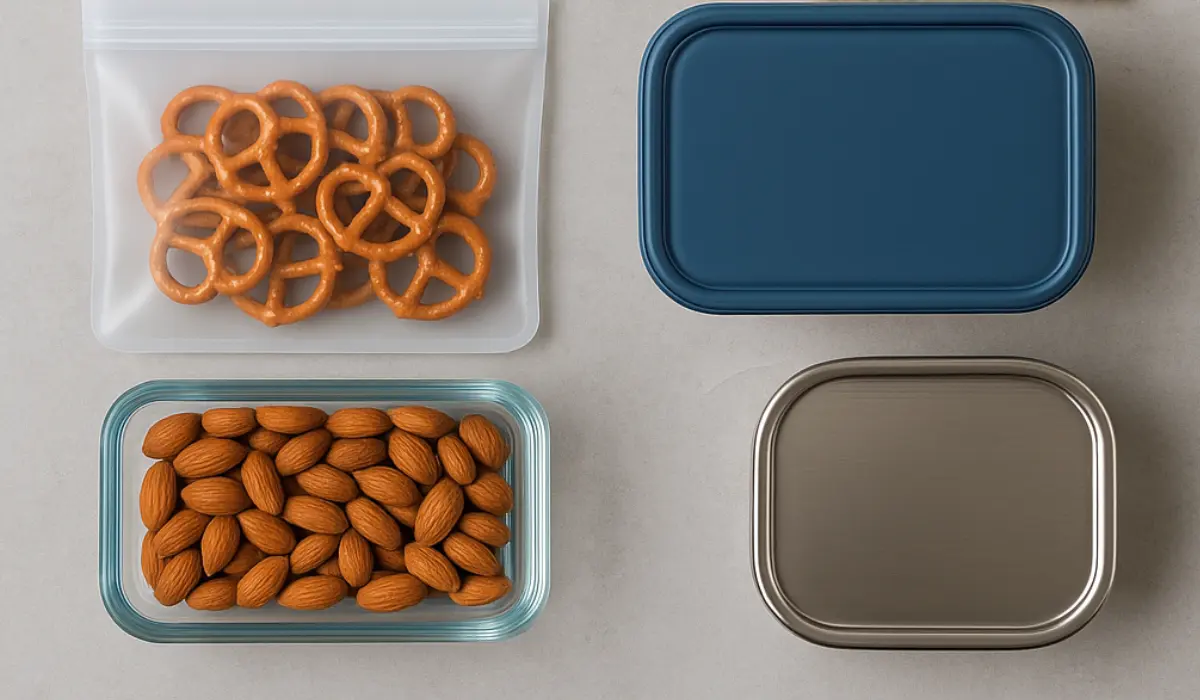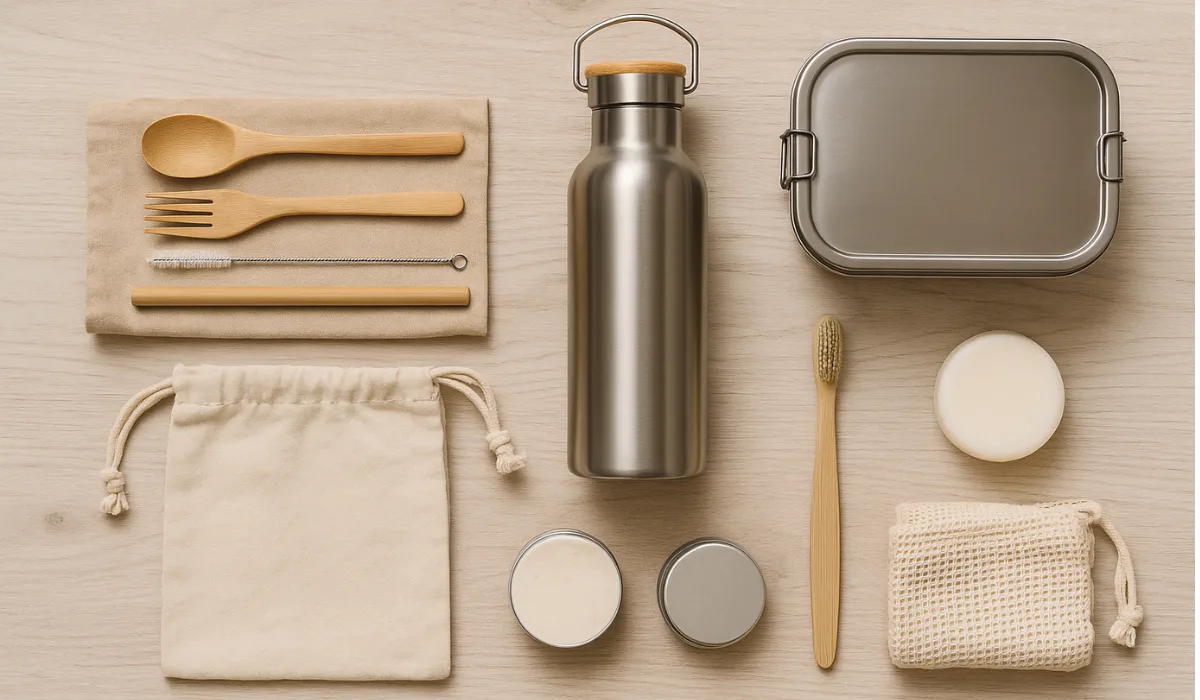In today’s world, where environmental concerns are more pressing than ever, zero waste grocery shopping is no longer a niche trend—it’s a conscious lifestyle shift. This comprehensive guide will walk you through every step of the process, from preparation to checkout, ensuring your grocery runs leave minimal impact on the planet.
What is Zero Waste Grocery Shopping?
Zero waste grocery shopping is the practice of purchasing food and household items with little to no packaging waste. It involves mindful consumption, bringing your own reusable containers, and supporting local or bulk stores that align with sustainable practices.
At its core, this approach follows the “5 R’s” of Zero Waste: Refuse, Reduce, Reuse, Recycle, and Rot. When applied to grocery shopping, these principles help significantly reduce single-use plastic and food waste.
Why Choose Zero Waste Grocery Shopping?
-
Reduces plastic pollution: Traditional grocery shopping often involves excessive plastic packaging. Zero waste alternatives eliminate this problem.
-
Minimizes food waste: Bulk buying and meal planning help prevent over-purchasing.
-
Supports local businesses: Many zero waste shoppers frequent farmers markets and bulk stores, supporting local producers.
-
Saves money over time: While some reusable products may have upfront costs, they pay off in the long run.
-
Encourages healthier choices: Shopping zero waste often means choosing fresh, whole foods over processed items.
Step-by-Step Guide to Zero Waste Grocery Shopping
Step 1: Prepare and Plan Ahead
A great zero waste grocery run starts with planning.
Make a Shopping List
Make a list of things you require and plan your weekly meals. This prevents food waste and hasty buys.
Take Inventory
Check what you already have at home. Use up older items before buying more.
Research Zero Waste Stores
Find local bulk stores, co-ops, or farmers markets. Use apps like Bulk Finder or websites like Litterless to locate zero waste-friendly shops.
Step 2: Gather Your Zero Waste Essentials
Having the right gear is key to a smooth shopping experience.
Reusable Bags
Carry cloth or canvas tote bags for carrying groceries. Keep a few extras in your car or backpack.
Produce Bags
For bulk commodities like beans or grains, fruits, and vegetables, use cotton produce bags or mesh.
Glass Jars and Containers
Ideal for wet goods like nut butters, oils, or olives. Make sure they are clean and labeled with their tare weight.
Silicone or Cloth Pouches
Great for bakery items, loose snacks, or deli products.
Marker or Pen
Bring a marker to write tare weights or labels if needed.
Step 3: Shop the Right Way
Here is a guide on shopping at a grocery store with a zero waste philosophy.
Start in the Produce Section
Choose unpackaged fruits and vegetables. Skip items wrapped in plastic unless unavoidable.
Buy in Bulk
Bulk bins are a cornerstone of zero waste grocery shopping. Using your own containers, load up on grains, pasta, nuts, spices, and snacks.
Tip: Weigh your containers before filling them and write the tare weight on the lid or a piece of tape.
Deli & Bakery Sections
Inquire with the personnel about using your own containers. Many bakeries are happy to place bread directly into your cloth bags.
Avoid Processed & Packaged Foods
Stick to whole, fresh ingredients. If you must buy packaged goods, choose recyclable or compostable packaging.
Step 4: Handle Checkout Smoothly
Be polite but confident at the checkout.
-
Explain Your Containers: Tell the cashier your containers are pre-weighed and share tare weights.
-
Organize Efficiently: Keep similar items grouped together to speed up the process.
-
Say Thank You: Positive interactions encourage stores to be more accommodating of zero waste practices.
Step 5: Store Items Properly at Home
Once you’re home, it’s essential to store your items to maximize freshness and minimize waste.
-
Transfer Dry Goods: Store bulk items in airtight containers like glass jars or stainless steel tins.
-
Use Beeswax Wraps: These are perfect for cheese, bread, or cut produce.
-
Label Everything: Include purchase dates and contents to keep your pantry organized.
Step 6: Dispose Responsibly
Even with best efforts, some waste is inevitable. Here’s how to handle it:
-
Compost food scraps: Use a home compost bin or local composting service.
-
Recycle properly: Rinse and sort recyclable materials correctly.
-
Avoid wish-cycling: Don’t toss items in the recycling bin unless you’re sure they belong there.
Tips for Beginners
-
Start small: Don’t aim for perfection on your first trip. Swap one item at a time.
-
Build a routine: Make zero waste shopping a habit by designating a weekly grocery day.
-
Join a community: Follow zero waste influencers, join local Facebook groups, or attend sustainability events.
-
Track your progress: Notice how much less trash you generate week by week.
Challenges and How to Overcome Them
1. Lack of Bulk Stores
If you live in a region with few zero waste options, consider:
-
Joining a food co-op
-
Buying larger quantities to reduce packaging
-
Shopping at farmers markets
2. Resistance from Stores
Not all stores are used to customers bringing their own containers. A lot may be accomplished with a grin, open communication, and patience.
3. Time Constraints
Zero waste shopping may take longer initially, but gets faster as you build a system and familiarize yourself with stores.
Advanced Zero Waste Grocery Strategies
For those already comfortable with the basics:
-
Make your own staples: Try homemade yogurt, plant-based milk, or granola.
-
Grow your own produce: Even a small herb garden helps reduce store trips.
-
Shop seasonally: Reduces environmental impact and supports local farmers.
-
Buy in co-ops or through buying clubs: Pool resources with others to order in bulk directly from distributors.










